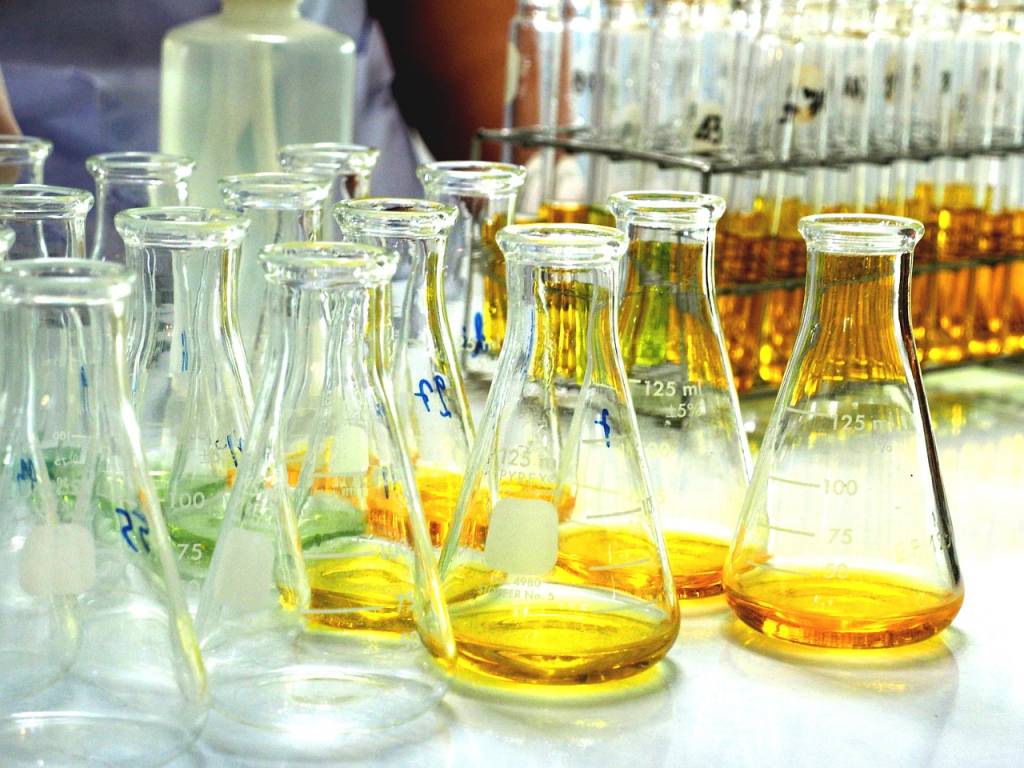Understanding PFAS: An Overview
Per- and polyfluoroalkyl substances, commonly known as PFAS, are a group of man-made chemicals that have been used in a range of industries around the world since the mid-20th century. These substances are incredibly resilient and resistant to water, oil, temperature, and chemical reactions, earning them the nickname "forever chemicals." This resilience makes PFAS valuable but also poses significant challenges for environmental and health impacts.
PFAS includes a wide variety of chemicals, with the most widely studied being perfluorooctanoic acid (PFOA) and perfluorooctanesulfonic acid (PFOS). The unique properties of PFAS are due to their strong carbon-fluorine bonds, one of the strongest in organic chemistry, which provides them with their durability.
The Science Behind PFAS
The exceptional durability of PFAS chemicals stems from their molecular structure. The backbone of these molecules consists of a chain of carbon atoms surrounded by fluorine atoms. This arrangement not only repels water and oil but also renders the molecules resistant to most environmental degradation processes. Because of these attributes, PFAS can persist in the environment for decades, if not longer, without breaking down.
From a chemical standpoint, the challenge of breaking down these compounds is attributed to the immense energy required to break the carbon-fluorine bonds. This process is further complicated by the fact that most natural degradation mechanisms, such as hydrolysis, photolysis, and biodegradation, are ineffective against PFAS.
Applications of PFAS
PFAS have been employed across numerous industries due to their resistant properties. Some of the most common applications include:
- Firefighting Foams: PFAS are used extensively in firefighting foams, particularly in aviation and oil industries, due to their ability to efficiently suppress class B fires that involve flammable liquids.
- Non-stick Cookware: Perhaps the most famous use of PFAS has been in non-stick cookware coatings, such as Teflon, offering ease of cooking and cleaning.
- Waterproof Fabrics: PFAS help make fabrics and carpets resistant to water, stains, and oil, enhancing their durability and ease of care.
- Food Packaging: The grease-resistant properties of PFAS are ideal for certain types of food packaging.
Environmental and Health Concerns
Despite their widespread use, concerns about the environmental and health impacts of PFAS have grown over the years. PFAS have been found to accumulate in the environment and in the human body, with studies suggesting potential links to a range of adverse health effects including cancer, liver damage, immune system effects, and developmental issues in children.
The persistence of PFAS in the environment raises significant concerns about contamination of soil, water supplies, and the food chain. The widespread detection of these substances in water systems worldwide has prompted regulatory bodies to set limits and push for cleaner, safer alternatives.
Regulation and Legislation
In recent years, regulatory efforts have intensified to manage the use and release of PFAS. Various countries and regions have implemented measures to limit or ban specific PFAS compounds like PFOA and PFOS while encouraging the development of safer alternatives. The U.S. Environmental Protection Agency (EPA), for example, has issued health advisories and is actively working on a comprehensive PFAS Action Plan.
In Europe, the European Union has initiated regulatory actions under REACH (Registration, Evaluation, Authorisation, and Restriction of Chemicals), aiming to restrict the use of certain PFAS due to their persistence and potential for bioaccumulation.
PFAS Alternatives and Innovations
As industries seek to mitigate the environmental and health impacts associated with PFAS, research and innovation play vital roles in developing viable alternatives. Companies and researchers are exploring various strategies, including producing new fluorinated materials that pose less risk or non-fluorinated chemicals with similar properties.
For example, in the realm of firefighting foams, alternatives like fluorine-free foams are being developed and tested. Similarly, manufacturers of non-stick cookware and water-repellent fabrics are exploring other chemical compositions that offer comparable benefits without the durability of PFAS.
Ongoing Research and Future Directions
The scientific community continues to study PFAS to understand their long-term ecological and health effects. Researchers are also focusing on improving methods for detecting these substances in the environment and developing effective ways to remediate contaminated sites.
The development of new technologies for degrading PFAS, such as advanced oxidation processes and electron beam treatments, offers hope for reducing their impact. There's also ongoing work on policy frameworks to address existing contamination and prevent future crises.
For more information on the intricacies of PFAS and their regulation and alternatives, check out PFAS chemicals.
The intricate science behind PFAS, along with their extensive industrial applications, poses both opportunities and challenges. As the understanding of these chemicals evolves, so too does the approach to managing their use and impact. Continued research and regulatory developments are crucial in navigating the complexities of PFAS to protect human health and the environment.

